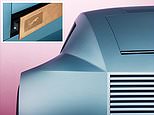EXCLUSIVEThe cars that are TOO BIG to park in British garages - and would yours squeeze into one?
- New report finds just 37% of drivers with garages use it to store their vehicle
- Most say it's because there's not room to get out due to increasing car size
Cars have become so big that over a third of British drivers are unable to park them in their garages, according to a new report.
Some 37 per cent of motorists with a garage at their home told insurer Churchill they never use it for the purpose it was originally intended - storing a vehicle.
And for more than two fifths (42 per cent) a reason for this is because their motor is so wide that they're left with just centimetres of space to open the doors.
Recent market analysis has found that new cars are growing at the rate of 1cm wider every two years on average, which will soon render a standard-size UK single garage redundant for storing vehicles.
The average UK single garage is 253cm wide and 518cm long, which might a squeeze for a porky car but creates a decent-sized extra space. As such, four in five say their garages are now used primarily for storing household items, while others are converting them into additional living space, gyms or work-from-home offices.
We examine the 10 most popular new cars sold in Britain this year and how much space - if any - they offer once parked inside. And we list 10 motors that are far too fat to park in one - as well as the vehicles that are longer than the standard single garage.
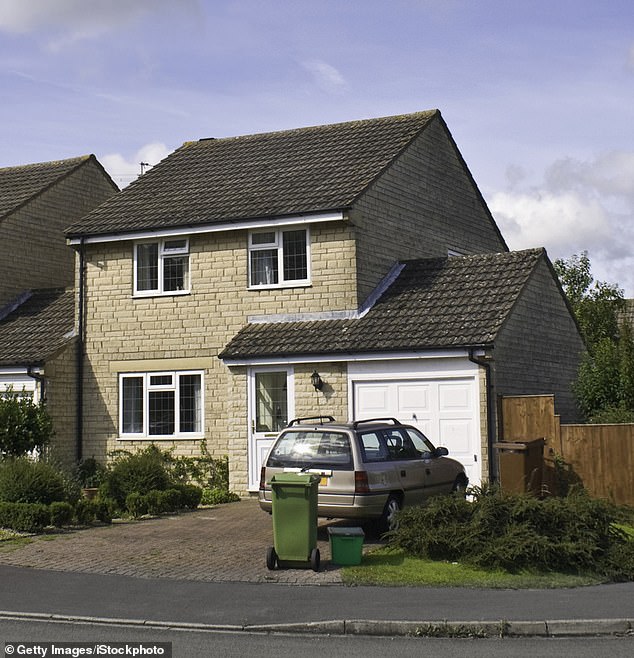
Is the standard UK single garage now redundant? A new report has found that 37% of drivers who have one don't ever use it to store their motor - and the primary reason for this is because new cars have become too big
In a poll of 2,000 drivers (though just 854 with garages at their homes) carried out by the insurer, one in six (17 per cent) said their car is too wide to fit through a garage door.
And 16 per cent said they are unable to open their car doors far enough to get in and out once parked.
And it's not just a lack of sideways space that's causing issue.
One in ten (11 per cent) told Churchill that their cars are so long that they can't close the garage door.
The study follows analysis from earlier in the year that revealed the extent to which new models are growing in scale.
Green lobby group, Transport & Environment, found the average new car gets 1cm wider every two years.
This is primarily due to the increase in popularity of SUVs, which have overtaken family hatchbacks in the last decade to become the second most popular vehicle type in the UK - and are only marginally outsold by small cars each year.
As such, more than half of motors in showrooms today are wider than a standard 180cm on-street parking bay, according to the green think tank.
And while the average new car has swollen to 180.3cm - or 200cm with its wing mirrors out - the campaigners fired a broadside at a breed it dubs 'mega SUVs', which are 200cm wide on average, or 220cm with wing mirrors.
Many of these are so big that they're impossible to park in a standard domestic single garage (see our analysis below).

Wide load: Transport & Environment accused car makers of producing 'mega SUV's that are forcing cyclists off the road in big cities where space is at a premium
As the footprint of new cars continues to grow, Churchill said it is 'no surprise' that many people are using garages for alternative purposes.
Its study found that 79 per cent of drivers with garages now use theirs primarily for storage, while 14 per cent have transformed it into a workshop or studio.
Some 8 per cent of respondents said their garage is now a home gym, 6 per cent have extended their living space and 3 per cent have converted it to a home office.
Nicholas Mantel, Head of Churchill Motor Insurance, said: 'As the cars we drive get ever bigger, it’s becoming increasingly difficult to squeeze them in to our garages.
'While a car may physically fit it, for drivers getting in or out of the vehicle it can feel like they need to be a contortionist as there is so little space.
'As a result, many people are forced to park their vehicles on driveways or public roads, leaving them more exposed and making security even more important to reduce the risk of theft or damage.'
The limited space for Britons to manoeuvre into parking spaces was highlighted in April when separate research revealed that drivers of the UK’s most popular cars have just 30cm in a public car park to get in and out of their vehicle when parked next to another.
This left one in five (22 per cent) resorting to climbing into their parked car via the boot and more than half (52 per cent) via the passenger door.

Homeowners are more likely to use their garages for alternative means other than parking a car. Eight in ten use it just for storage while almost one in ten have converted theirs into a gym
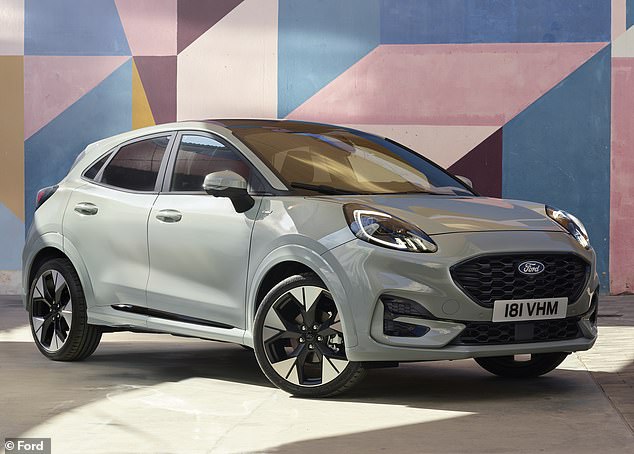
The Ford Puma is the nation's most popular new car right now. However, analysis by This is Money reveals parking one in an average single garage at a UK property leaves just 36cm of space to open the doors to the wall, which isn't enough for a driver and passengers to exit. The average shoulder width for men is around 46cm and women 41cm

Kia's Sportage is close behind the Puma in the best-sellers of 2024 charts. This bigger SUV offers only 33cm of space each side when trying to enter or exit in a standard single garage
Most popular new cars - can you park one in a garage?
The average size of a single garage in the UK is 8.3ft (253cm) wide by 17ft (518cm) long. And according to Churchill, the average single garage door is just 7ft (213cm) across.
The UK's best-selling car of the last two years, the Ford Puma, measures in at 193cm with the wing mirrors out, or 181cm with the mirrors folded in.
This is despite the Puma being a compact SUV based on the now-culled Fiesta supermini, meaning it's far from the biggest motor on the road today.
Driving into a garage with the mirrors in situ, there is just 10cm of space either side of the door - the equivalent width of a toilet roll. Even with the mirrors folded in, there is only 16cm of clearance either side.
Once parked inside, if the car is positioned in the middle of the garage, owners are provided just 36cm of available space to swing the door open to the wall.
With the average shoulder width for men around 46cm and women around 41cm (according to Gitnux), there is very little wiggle room for drivers and passengers to exit and enter.
| Model | Width (with mirrors out) | Width (with mirrors folded) | *Space either side of a single garage door (mirrors out/folded) | **Space either side to enter/exit a single garage |
|---|---|---|---|---|
| Ford Puma | 193cm | 181cm | 10cm/16cm | 36cm |
| Kia Sportage | 208cm | 187cm | 2.5cm/13cm | 33cm |
| Nissan Qashqai | 208cm | 184cm | 2.5cm/14.5cm | 34.5cm |
| Nissan Juke | 198cm | 180cm | 7.5cm/16.5cm | 36.5cm |
| Volkswagen Golf | 207cm | 179cm | 3cm/17cm | 37cm |
| Hyundai Tucson | 208cm | 187cm | 2.5cm/13cm | 33cm |
| Audi A3 | 198cm | 182cm | 7.5cm/15.5cm | 35.5cm |
| Volkswagen Polo | 196cm | 175cm | 8.5cm/19cm | 39cm |
| MG HS | 208cm | 188cm | 2.5cm/12.5cm | 32.5cm |
| Volvo XC40 | 203cm | 186cm | 5cm/13.5cm | 33.5cm |
| *Average UK single garage door is 7ft wide (213cm) **Average UK single garage is 8ft3 wide (253cm) | ||||
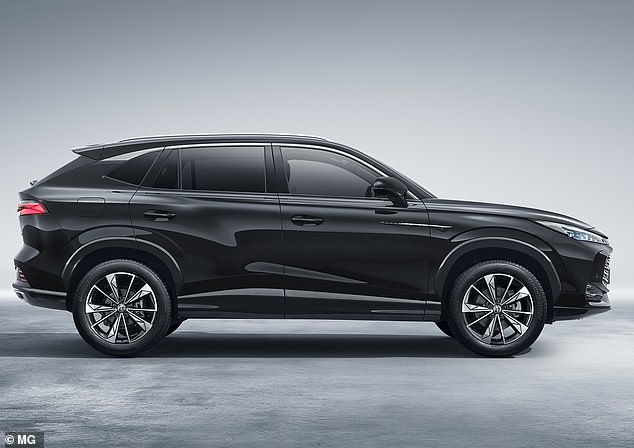
The MG HS is the car in the top 10 sales charts offering the least amount of room when trying to park in a single garage. Occupants have just 32.5cm of space to work with
Kia's Sportage, the second most popular new car of 2024 so far, is so wide that it offers only 33cm either side once parked in a garage.
Among the ten best-sellers of the year, the MG HS provides the least amount of garage entry and exit room at just 32.5cm each side.
How much garage space for the widest cars sold in Britain?
This is Money has looked at mainstream cars currently on sale with the widest dimensions (not including mirrors) to see just how much space a driver with a single garage would have if they tried to park inside.
Kia's enormous new EV9 SUV, which is almost two metres wide, barely crams into a garage at all.
Granted you can squeeze it through the average garage door aperture, but an EV9 parked centrally would provide a mere 27.5cm door opening space to the wall.
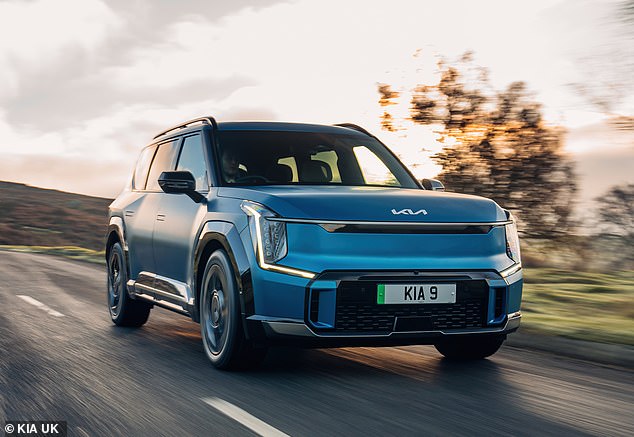
At 198cm wide, the electric Kia EV6 is one of the broadest cars in showrooms today. It would be impossible to park one in a single garage as owners would have just 27.5cm of space to open the doors
| Model | Width (excluding mirrors) | *Available space either side to enter/exit average single garage |
|---|---|---|
| Kia EV9 | 198cm | 27.5cm |
| Maserati Grecale | 198cm | 27.5cm |
| Audi Q7 | 197cm | 28cm |
| Polestar 3 | 197cm | 28cm |
| Jeep Grand Cherokee | 197cm | 28cm |
| BMW iX | 197cm | 28cm |
| Porsche Taycan | 197cm | 28cm |
| Volvo EX90 | 196cm | 28.5cm |
| Telsa Model S | 196cm | 28.5cm |
| Mercedes EQE | 196cm | 28.5cm |
| *Average UK single garage is 8ft3 wide (253cm) | ||
It is the same case for the Maserati Grecale SUV.
Other popular models that will almost certainly be impossible to park in a garage include the Audi Q7, Polestar 3, Jeep Grand Cherokee, BMW iX and all versions of the Porsche Taycan.
These models all measure 197cm across (minus the mirrors), meaning occupants will have just 28cm of door-to-wall exit room.
The Volvo EX90, Tesla Model S and Mercedes EQE - all electric vehicles - also provide little to no wiggle room at just 28.5cm.

Like the Kia EV6, the Maserati Grecale SUV provides just 27.5cm of door-opening space when parked in a standard-size UK single garage

Audi's Q7 is another hulking SUV that feasibly can't be stored in a standard-size UK domestic garage because it doesn't provide nearly enough door opening space
The cars that are TOO LONG for a single garage
As well as looking at the widest models, we've also examined the length of some of the biggest cars sold in the UK today to understand if they'd squeeze into an average single garage.
The longest of all, the Rolls-Royce Phantom, is a car more likely to be kept in a barn-size unit at a multi-million-pound property. However, if you were theoretically considering putting one in a standard-size domestic garage, you'd have no chance.
That's because it measures in at 576cm, which is some 58cm longer than the average UK garage (518cm).
| Model | Length | *How much longer they are than an average UK single garage |
|---|---|---|
| Rolls-Royce Phantom | 576cm | 58cm |
| BMW 7 Series | 539cm | 21cm |
| Land Rover Defender 130 | 536cm | 18cm |
| Audi A8L | 532cm | 14cm |
| Bentley Bentayga EWB | 531cm | 13cm |
| Mercedes S-Class LWB | 528cm | 10cm |
| Range Rover LWB | 525cm | 7cm |
| Lexus LS | 524cm | 6cm |
| Mercedes EQS | 522cm | 4cm |
| Mercedes GLS | 521cm | 3cm |
| Porsche Panamera | 520cm | 2cm |
| Audi A8 | 519cm | 1cm |
| BMW X7 | 518cm | 0cm |
| Mercedes S-Class | 518cm | 0cm |
| *Average UK single garage is 17ft/518cm long | ||
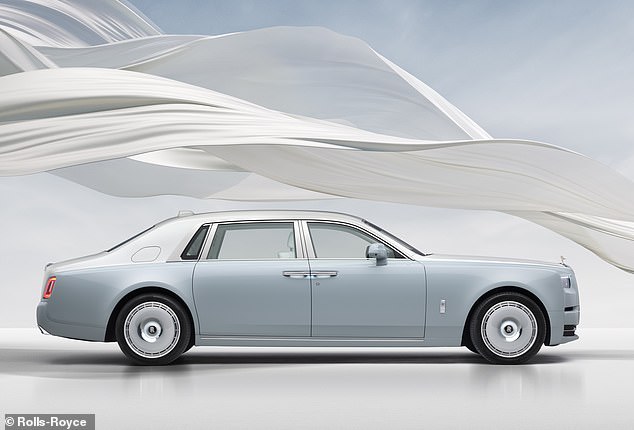
The longest new car on sale is the Rolls-Royce Phantom. While it's highly unlikely anyone would ever need to put one in a standard-size UK garage (more likely a mile-long gravel driveway at a gated private premises). it wouldn't even fit. That's because it measures in at 576cm, which is some 58cm longer than the average UK garage (518cm)
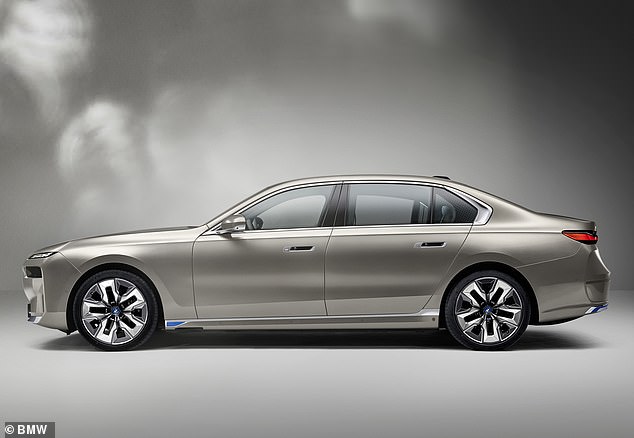
The BMW 7 Series and i7 EV are both 21cm longer than the average single garage at a UK home
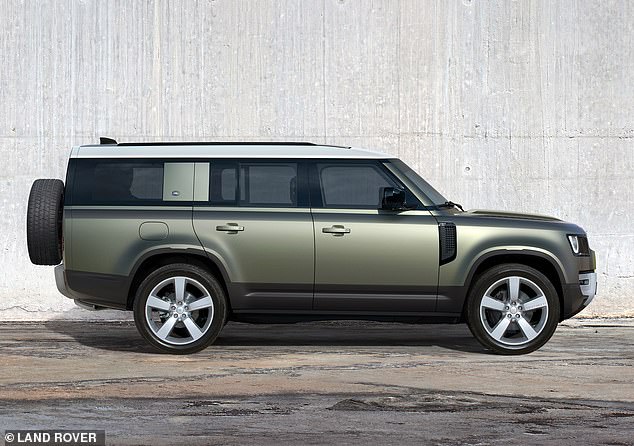
Land Rover's longest model - the Defender 130 - is some 18cm longer than an average-size UK domestic single garage
In total, we found 13 conventional cars (not including MPVs or pick-up trucks) that are far too extensive to drive into a garage and be able to close the door behind.
This includes the BMW 7 Series (21cm longer than an average single garage), Land Rover Defender 130 (18cm) and a long-wheelbase Audi A8L (14cm).
Other models currently in showrooms that are more expansive lengths than a domestic garage include the extended-wheelbase Bentley Bentayga (13cm), Mercedes S-Class LWB (10cm), Range Rover LWB (7cm) and Lexus LS (6cm).
The Mercedes EQS and GLS (4cm and 3cm), Porsche Panamera (2cm) and standard Audi A8 (1cm) are also all longer than garages, while the BMW X7 and conventional Mercedes-Benz S-Class are equal in length to a single-width garage.
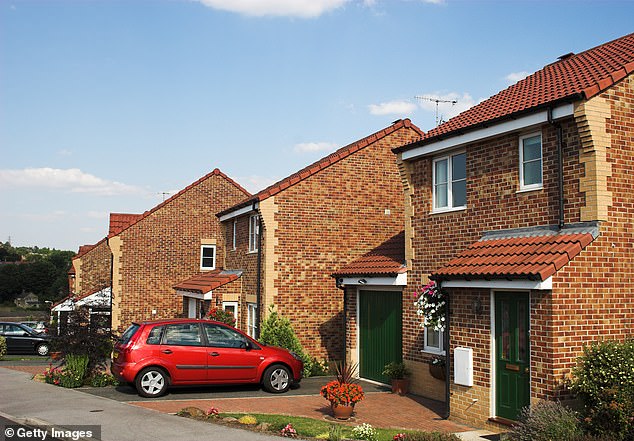
While you might expect the lowest insurance premiums when you tell providers you park your car in a locked garage, recent studies have suggested drivers on average pay less if they say they keep their motor on the driveway
Keeping a car in a garage DOESN'T guarantee cheaper premiums
While Churchill says the expanding scale of new cars means drivers with garages are unable to utilise them to keep them secure from criminals, data from within the motor industry suggests that parking on a driveway might be the cheaper option.
This is because the average premium for those who tell providers they leave their car on their drive at home are generally lower than those who make use of their garage.
Go.compare last year analysed insurance quotes between May and July 2023 and found that the average premium for those who park cars on their driveway were 12 per cent lower than those who told insurers they keep their motor in a locked garage.
Premiums for those who park their cars on the road outside their home were higher than both.
The cheapest location to keep a vehicle was a carport, which was 28 per cent less expensive than parking in a garage, the comparison site found.














































